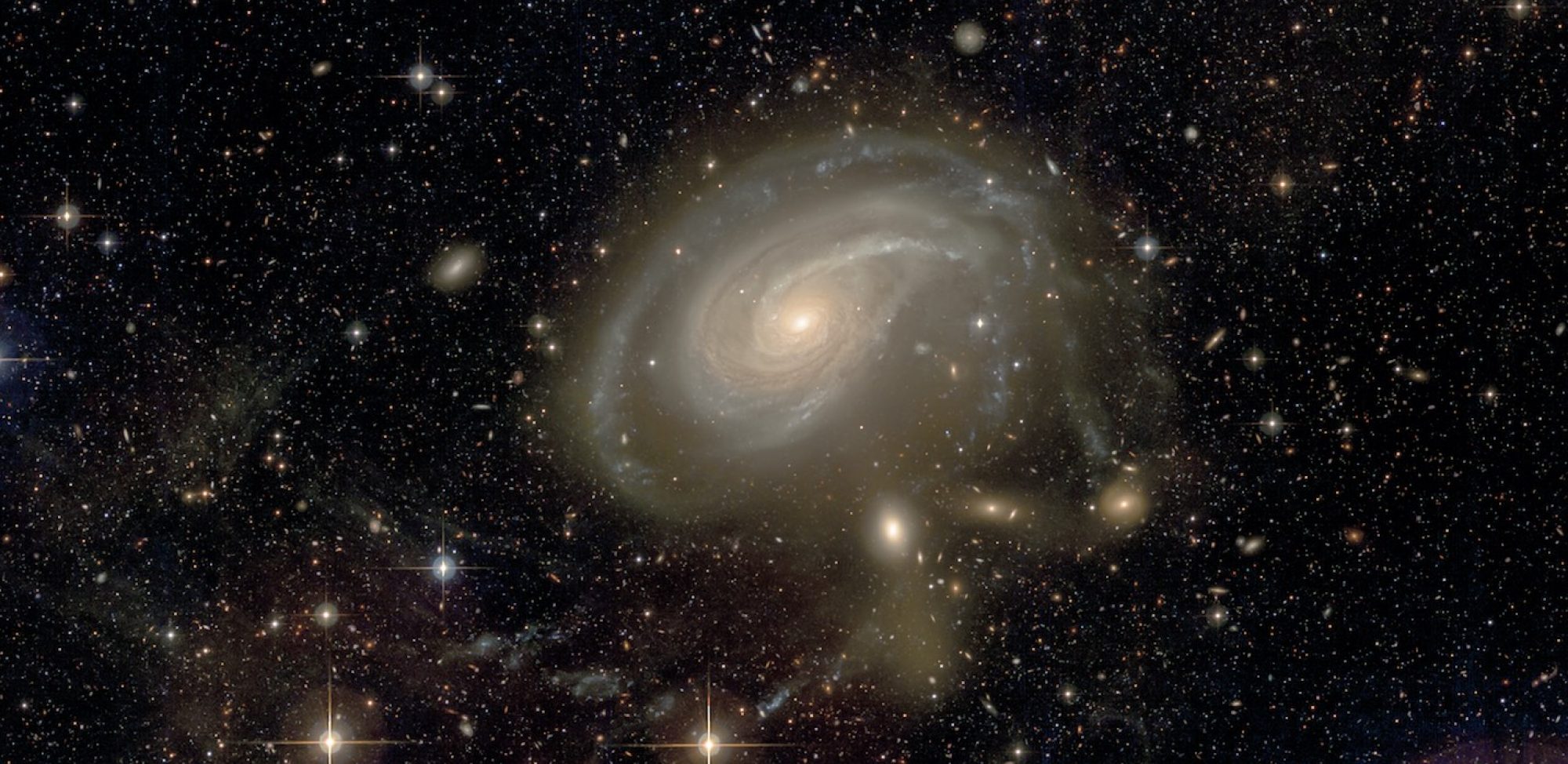
Globular clusters (GCs) are some of the most visible tracers of the merging and accretion histories of galaxy halos. Metal-poor GCs, in particular, are thought to arrive in massive galaxies largely through dry, minor merging events, but it is rare to see a direct connection between GCs and visible stellar streams. NGC 474 is a post-merger early-type galaxy with dramatic fine structures made of concentric shells and radial streams that have been more clearly revealed by deep imaging. We present a study of GCs in NGC 474 to better establish the relationship between merger-induced fine structure and the GC system.
We find that many GCs are superimposed on visible streams and shells, and about 35% of GCs outside 3{R}{{e},{galaxy}} are located in regions of fine structure. The spatial correlation between GCs and fine structure is significant at the 99.9% level, which shows that this correlation is not coincidental. The colors of GCs on fine structures are mostly blue, and we also find an intermediate-color population that is dominant in the central region and that will likely passively evolve to have colors consistent with a traditional metal-rich GC population. The association of the blue GCs with fine structures is direct confirmation that many metal-poor GCs are accreted onto massive galaxy halos through merging events and that the progenitors of these mergers are sub-{L}\star galaxies.
Published in Lim et al. (2017), ApJ 835, 123
See also image release of NGC 474

